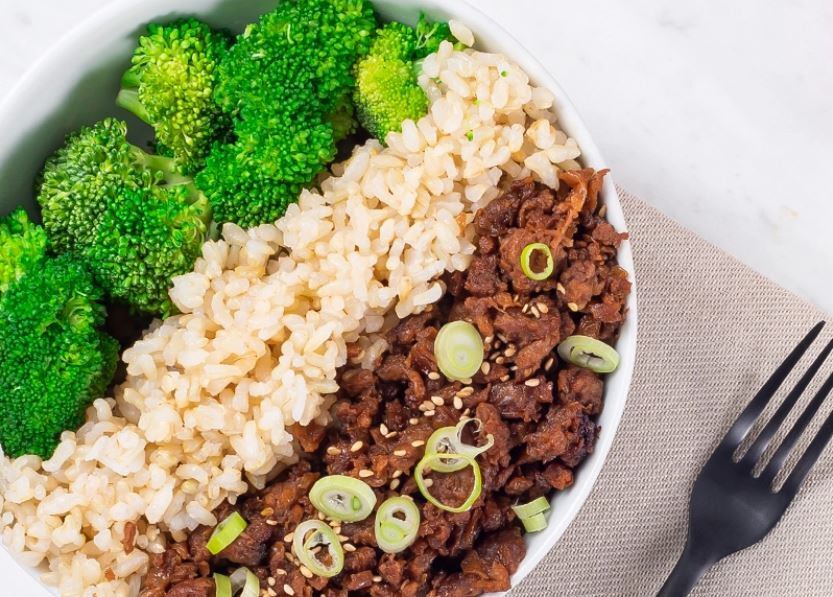Sun Art is one of the largest retail chains in China with 481 hypermarkets and three mid-size supermarkets, and Alibaba has already stated that it is looking to leverage its digital presence to support the operations of these outlets as part of its ‘New Retail’ strategy.
New Retail seeks to move the consumer shopping experience to an integrated online-offline one, and includes strategies such as integrating digital payment methods on both Alibaba websites and physical stores, or turning the latter in to consumer pick-up stations after orders have been placed online.
What this indicates is that Sun Art is likely to see more digitalisation moving forward, and soon – which could be very bad news for product suppliers.
“This is an interesting move by Alibaba as it will no doubt improve the firm’s ability to source and distribute food direct to the consumer,” acquisition and strategy consultancy Oghma Partners Partner Mark Lynch told FoodNavigator-Asia.
“This could further shift the dynamics between suppliers and distributors, and not necessarily in a good way for the suppliers.
“Basically, if the products are in a supermarket, the consumer can wander round and look for it on the shelves, they can ‘direct themselves’ to where the product is or ask an assistant to check whether it’s available if it’s out of stock, and in a new product launch, the supplier can make it stand out on the shelf through packaging, etc.
“But when shopping in an ‘e-tail’ (online retail) environment such as this, the experience can be much more ‘directed’ by the website – cookies can pop up prompting purchase and again directing consumers to specific products.
“In this way, the distributor can have greater control over the shopper’s experience, [and the supplier has less control].”
This impact is expected to be even more significant given the size and scale of Sun Art’s presence in the Chinese retail market.
In addition, this lack of control by suppliers also puts more pressure on the product brand owners to maintain visibility of the products, so as to ensure ‘pull’ from off the ‘e-shelves’, according to Lynch.
“Again, in a physical environment, suppliers can highlight their product versus the competition by packaging, shelf display, shelf positioning, etc. [which cannot be done the same way online],” he said.
“On an e-shelf there can be a direct and immediate comparison [where consumers] can search for ‘The cheapest per litre olive oil ‘ for example, or plug in a recipe and the ingredients can pop up.
“The suppliers have less control over creating the ‘pull’ now, and the brands will have to maintain visibility via other strategies].”
That said, Lynch believes that from Alibaba’s point of view, this is a beneficial move as it will improve its competitiveness.
“The acquisition should increase Alibaba’s scale and purchasing power economics allowing it to be more competitive,” he said.
“Also, depending on how the customers are supplied, it could create incremental distribution/fulfilment points if supplied from the shops or retail distribution centres which are owned by the retailer.”
Alibaba acquisition
Alibaba previously already owned 21% of Sun Art, and this new purchase raised its stake to a majority controlling portion of some 72%.
One of the main reasons behind the investment is the firm’s belief that traditional e-commerce is slowing, and New Retail is the way forward.
“As the COVID-19 pandemic is accelerating the digitalisation of consumer lifestyles and enterprise operations, this commitment to Sun Art serves to strengthen our New Retail vision and serve more consumers with a fully integrated experience,” said Alibaba Chairman and Chief Executive Officer Daniel Zhang via a formal statement.
Such is Alibaba’s belief in New Retail that its own supermarket/online delivery and pickup chain Freshippo registered 214 outlets all over China, as of the firm’s latest financial reports.





